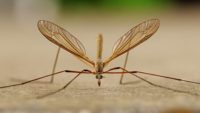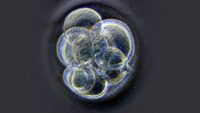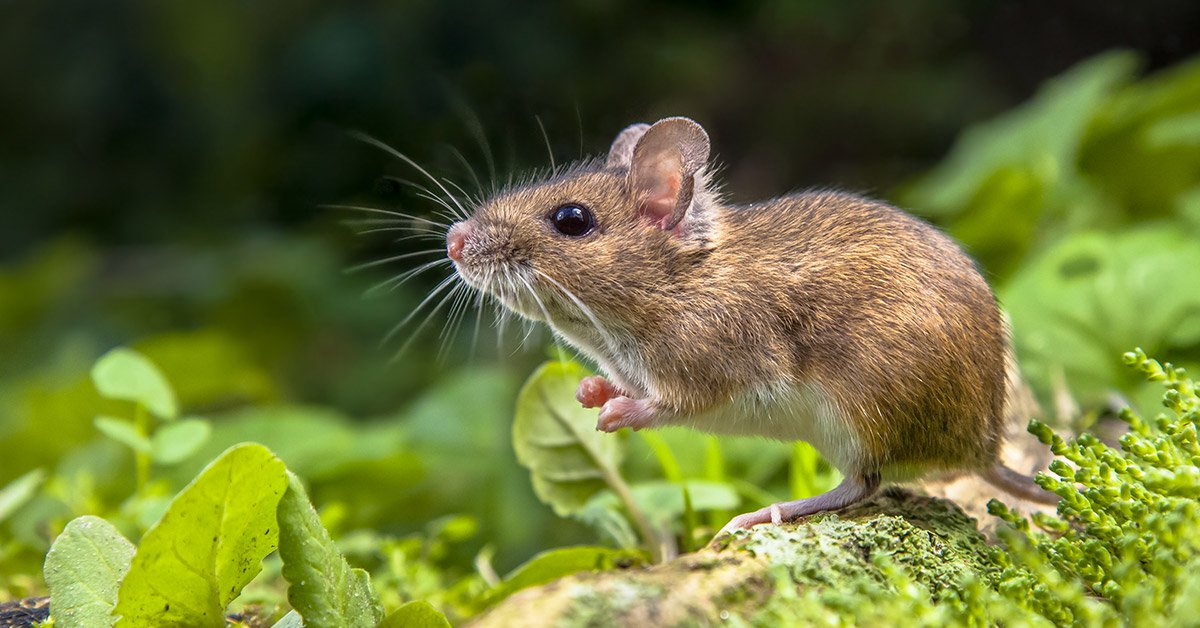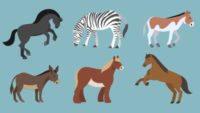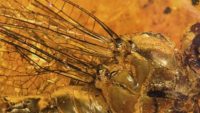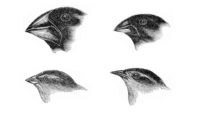We present reasons why Jupiter is young, not billions of years old, as claimed in the BBC-TV program The Planets. …read more Source: creation.com
Philippine snout weevil has brilliantly coloured spots. What causes them, and what can engineers learn? …read more Source: <a href=https://creation.com/a/13585 target=_blank title="Rainbow spot design challenges engineers” >creation.com
By Simon Turpin Atheists accuse Christians of believing or having “faith” without evidence and remind them of the old adage: “Faith is believing what you know is not true.” …read more Source: AIG Daily
By Troy Lacey The biogeographic importance of log and vegetation mats is slowly gaining popularity, even in the mainstream scientific community. …read more Source: AIG Daily
Shaun Doyle …read more Source: creation.com
By Ken Ham Convergent evolution—it’s the convenient term used to describe similar features (often very complex ones such as echolocation or flight) that have supposedly arisen in organisms separated by vast ages of evolutionary distances (millions of years) due to similar environments or stressors. And the newest example of so-called “convergent evolution” is the eyes of crane flies and humans, as supposedly revealed by the fossil record. Scientists found that the insects trap light similarly to the way humans do, using the pigment melanin. Scientists discovered a cache of crane fly fossils, dated to be allegedly 54 million years old. [More]
We present reasons why Earth and Mars are young, not billions of years old, as per the BBC-TV program The Planets. …read more Source: creation.com
Six abilities of humans that make us different from animals, and are features of God and thus make us accountable to Him. …read more Source: creation.com
Did Eve transition from a single bone to a 206-bone human? What about the transition from molecules to man? …read more Source: creation.com
An extra copy of a gene is new information, but not a new kind of information –; evolution still doesn’t happen! …read more Source: creation.com
Tim Clarey, Ph.D., and Jeffrey P. Tomkins, Ph.D. Secular scientists are continually trying to humanize ape fossils in an attempt to bridge the wide gap between humans and apes to fit their worldview. But, the missing links remain missing. And new research reconfirms that apes have always been apes. Australopithecus africanus is claimed by many scienti… More… …read more Source: icr.org
By Ken Ham Headlines around the world announced that an international team of scientists working in China had created human-monkey chimeras. These “chimeras,” grown as embryos, have both human and monkey cells, and the goal is to grow organs able to be transplanted into humans waiting for an organ donor. This kind of research shows a complete and utter disregard for human life on a number of levels and crosses lines I don’t think should be crossed. Dr. Georgia Purdom, a molecular geneticist here at Answers in Genesis, sent me her thoughts on this troubling news item: When I first [More]
Unique structures in rare bacteria suggest the amazing process of photosynthesis is much “older” than evolutionists assumed. Photosynthesis is the process of turning sunlight, water and carbon dioxide into sugar and oxygen. There are two types. The first is anoxygenic photosynthesis that uses molecules other than water to drive the process and doesn’t produce oxygen as a byproduct. The second is More… …read more Source: icr.org
We present reasons why Mercury and Venus are young, not billions of years old, as per the BBC-TV program The Planets. …read more Source: creation.com
You have been designed with many trillions of cells. Within the nucleus of each cell (except for red blood cells) is the “molecule of life” called DNA. It’s organized into chromosomes (humans have 46) upon which many thousands of genes are found. Genes are hereditary units, comprised of nucleotide bases called T, G, C, and A. Each cell undergoes complex metabolic processes, or metabolism. Because we live in a fallen world,… More… …read more Source: icr.org
Could extrasolar planet GJ 357 d, orbiting a nearby red dwarf star, support liquid water or life? More evolutionary hype. …read more Source: creation.com
By Harry F. Sanders, III A recent article from Cell discusses the roundworm and its ability to transmit a learned trait from parent to offspring through four generations. …read more Source: AIG Daily
By Dr. Nathaniel T. Jeanson One of the keys to the origin of species is a concept that few have heard of—genetic drift—the simple application of statistics to basic genetics. …read more Source: AIG Daily
A recent Public Broadcasting Service (PBS) report highlighted creatures’ designed innate capacity to self-adjust to incredibly challenging exposures.1 The article, by Stuart Thompson who is a senior lecturer in plant biochemistry at the University of Westminster, describes plants thriving around the former Chernobyl nuclear reactor in spite of high doses of radiation. Though he claims the radiation-resistant mechanisms in p… More… …read more Source: icr.org
By Warren H. Johns The central issue among creationists is whether any purported fossil forests are truly autochthonous. …read more Source: AIG Daily
Stick insect research upsets one of evolutionists’ long-held beliefs …read more Source: creation.com
Loss of flight several times is not evolution, no new structures, no new genes. …read more Source: creation.com
Can naturalistic theories explain their origin and properties? …read more Source: creation.com
By Dr. Don DeYoung What if we could design tape and adhesives that automatically cleaned themselves every time they got dirty or wet? …read more Source: AIG Daily
By Ken Ham Darwin’s seminal work is often abbreviated as Origin of Species, so you would think his book would explain the origin of the species. But that’s exactly what Darwin can’t explain, according to a Replacing Darwin! We’re going to send Gelernter a copy of Harvard-trained Dr. Nathaniel Jeanson’s book Replacing Darwin. This book powerfully demonstrates, from a genetic perspective, what Gelernter is saying—Darwin doesn’t explain the origin of species (or the origin of the information and code system in DNA). But Replacing Darwin goes further than that. It lays out a testable prediction, based on a biblical creation [More]
Scientific investigation supports the idea that we descend from an original couple. …read more Source: creation.com
Does the reviled coyote deserve its reputation? …read more Source: creation.com

























